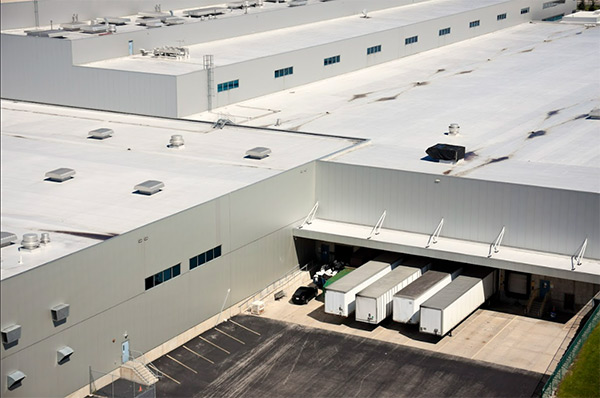Foam the Future with Exceptional Roofing‘s Spray Foam Solutions
Exceptional Roofing is your destination for superior spray foam services, offering innovative, energy-efficient roofing solutions for commercial buildings. With over 30 years of roofing expertise, our business is committed to delivering exceptional results to our clients in Kentucky, Indiana and Tennessee regions and beyond. Get your commercial roof construction estimate today!

Experience Spray Foam Innovation with Exceptional Roofing
Spray foam roof insulation is more than a service; it’s an environmental commitment. At Exceptional Roofing, we use high-performing spray foam that offers seamless insulation while proving economically advantageous. This advanced, monolithic system strengthens your roof and makes a positive ecological impact.
Our specific offerings in spray foam solutions include:
- Comprehensive Installation: Our licensed professionals guarantee the precise and robust application of spray foam to ensure maximum effectiveness.
- Seasonal Maintenance: We provide routine checks and touch-ups to keep your spray foam roof working optimally all year round.
- Speedy Repairs: Our quick-fix solutions efficiently mend any foam damages, offering extended roof life.
- Eco-Friendly Upgrades: Choose our spray foam services to significantly reduce your carbon footprint and enhance energy efficiency.
Unveil Unmatched Quality with Exceptional Roofing‘s Spray Foam
Beneath the foam lie the foundations of Exceptional Roofing: honesty, transparency, and quality. Our team thrives on providing the best customer experience, the fairest commercial roof construction estimate, and ensuring highly personalized solutions that exceed your expectations.
Seal the Deal with Exceptional Roofing‘s Spray Foam Services Today
Tap into the future of roofing with our spray foam insulation services that promise peerless performance. Contact us at (888) 425-0725 or office@exceptionroofing.com to receive a commercial roof construction estimate today! Stay connected and updated with the latest trends and services by visiting our Facebook page. Exceptional Roofing is all set to equip your commercial establishment with an exceptional roofing experience.

